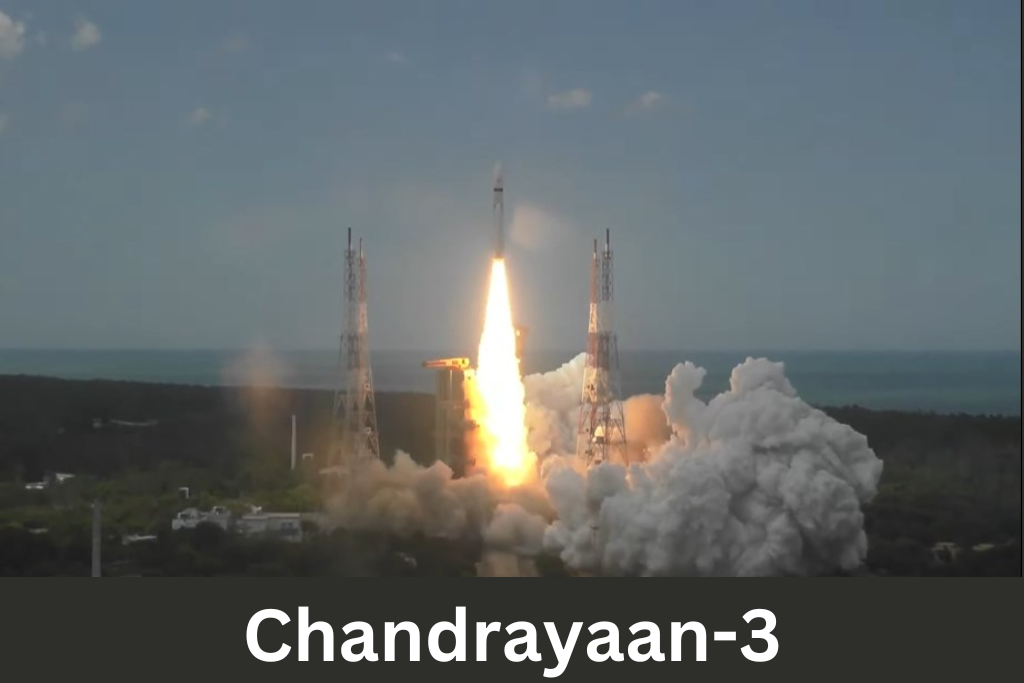In a historic pursuit of space exploration, India’s Indian Space Research Organisation (ISRO) has once again captured the world’s attention with its Chandrayaan-3 mission. Scheduled for a momentous moon landing on August 23, this mission is poised to establish India as the fourth nation globally to achieve the remarkable milestone of a soft landing on the lunar surface.
This project, which builds on the accomplishments of its predecessors Chandrayaan-1 and Chandrayaan-2, represents India’s dedication to pushing the limits of space exploration.
The Quest for Lunar Exploration
Since the inception of the Space Age, the Moon has held a special place in humanity’s quest for understanding the cosmos.
The Moon’s rugged terrain and mysterious craters have always intrigued scientists, prompting a series of exploration missions by various countries. India’s Chandrayaan-3 aims to add another chapter to this saga of exploration, ushering in new insights into the Moon’s composition, geology, and potential resources.
Mission Overview
Chandrayaan-3 embarked on its journey on July 14, propelled by the GSLV Mark 3 (LVM 3) heavy-lift launch vehicle from the Satish Dhawan Space Centre in Sriharikota.
With a well-planned trajectory, the spacecraft has undergone a series of precise lunar bound maneuvers, culminating in its successful placement into an orbit of 153 km x 163 km.
This orbit marks the completion of crucial maneuvers and sets the stage for the separation of the Lander Module from the Propulsion Module, a pivotal step in the mission timeline.
Vikram Lander and Pragyan Rover
At the heart of Chandrayaan-3 lies the Vikram lander and the Pragyan rover. Vikram, a name derived from Sanskrit meaning “valor,” symbolizes the courage and determination required to venture into the unknown.
This lander is designed to touch down near the Moon’s little-explored south pole, an area of significant scientific interest due to its unique geological features and potential for water ice deposits.
Pragyan, on the other hand, takes its name from the Sanskrit word for “wisdom.” With a mission life of one lunar day or 14 Earth days, the rover is equipped with state-of-the-art instruments to explore the lunar surface.
Once safely disembarked from Vikram, Pragyan will traverse the lunar landscape, capturing high-resolution images and conducting scientific analyses.
The data gathered by Pragyan will provide invaluable insights into the Moon’s history, geology, and the processes that shaped its surface.
Scientific Objectives
Chandrayaan-3’s mission is not merely a technological feat; it is driven by a series of scientific objectives that promise to enrich our understanding of the Moon and its significance in the broader context of planetary evolution.
One of the primary goals is to unravel the mysteries of the Moon’s composition, especially in the south polar region where Pragyan will be deployed. The presence of water ice and other volatile compounds in this region could hold clues about the Moon’s formation and its relationship with Earth.
Furthermore, the exploration of the Moon’s surface will provide valuable information about the impact history of our solar system.
The Moon, being relatively geologically inactive, preserves a record of past impacts that can shed light on the history of our planet and the entire solar system.
International Collaboration and Inspiration
Chandrayaan-3’s success story is not limited to national boundaries; it serves as an inspiration to the global scientific community and aspiring spacefaring nations.
The advancements achieved by ISRO through this mission contribute to the collective knowledge pool and pave the way for collaborative efforts in future lunar exploration endeavors.
Chandrayaan-3
As the world eagerly awaits Chandrayaan-3’s historic landing on the Moon, India’s remarkable achievement underscores the nation’s dedication to pushing the boundaries of space exploration.
By building upon the foundations laid by Chandrayaan-1 and Chandrayaan-2, this mission exemplifies the spirit of scientific curiosity, technological innovation, and international collaboration.
With the Vikram lander and Pragyan rover poised to unveil new secrets of the Moon’s south pole, Chandrayaan-3 is not just a mission; it’s a testament to humanity’s relentless exploration and the search for information beyond our globe.
Stay updated with the latest news at The World News.



